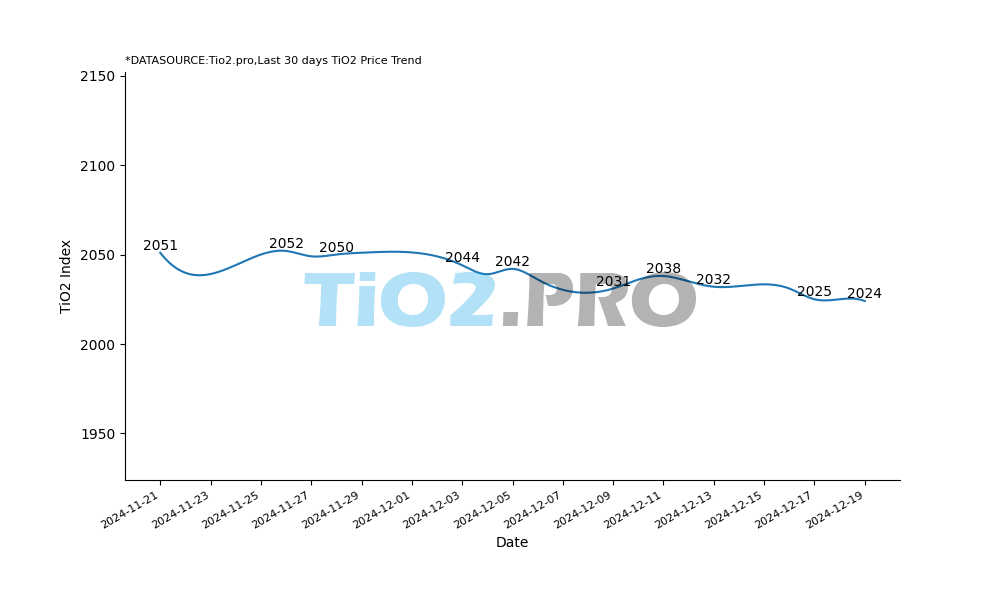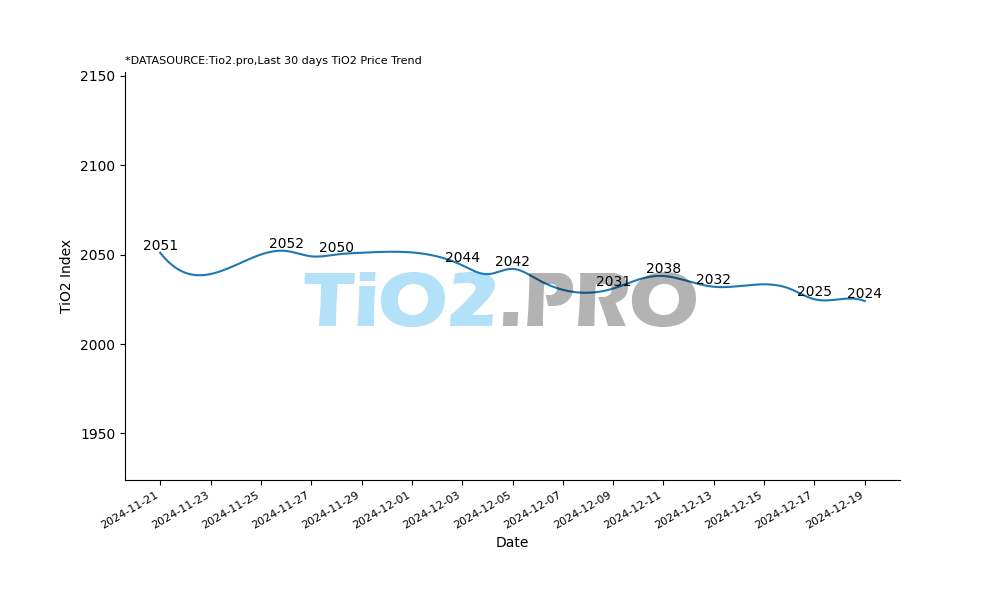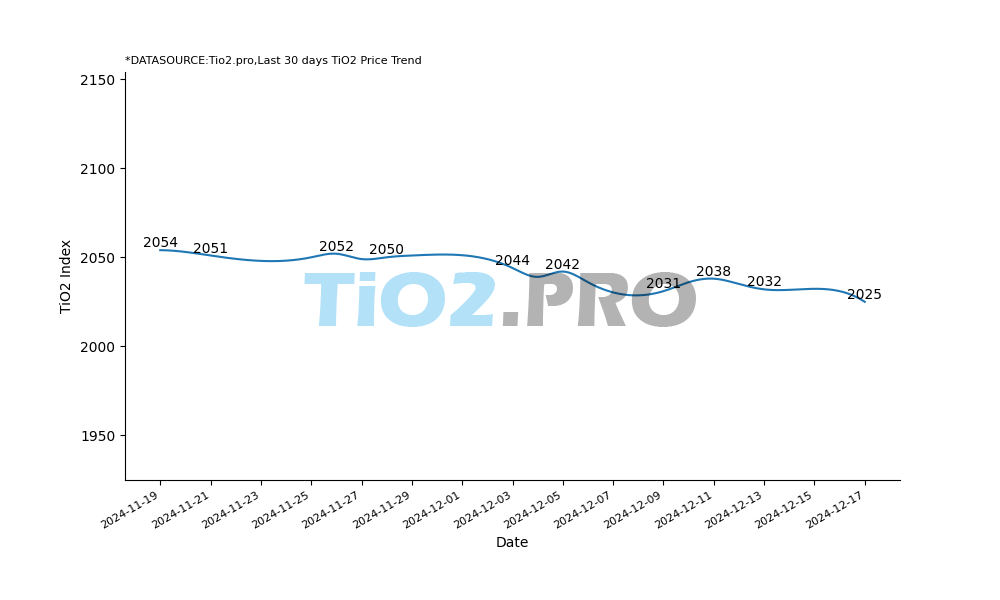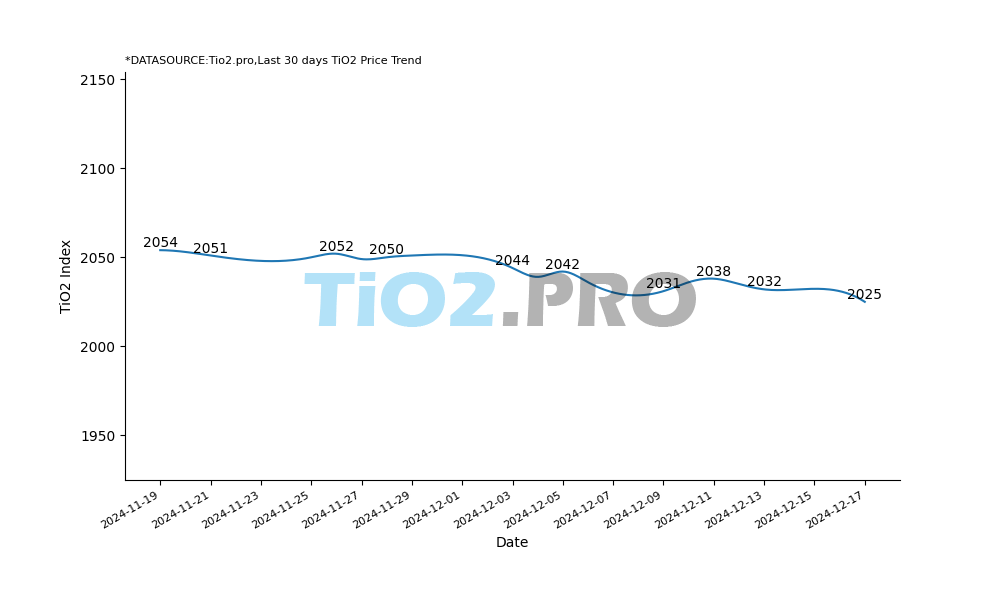Titanium dioxide market analysis July 2022
Titanium ore
As of now, the transaction price of 46.10 titanium ore from small and medium-sized manufacturers is 2150-2180 yuan / ton, 47/20 ore is quoted at 2400-2450 yuan / ton, 38/42 titanium ore is not The quotation including tax is 1530-1580 yuan / ton; the iron ore construction has declined, t
Read more




